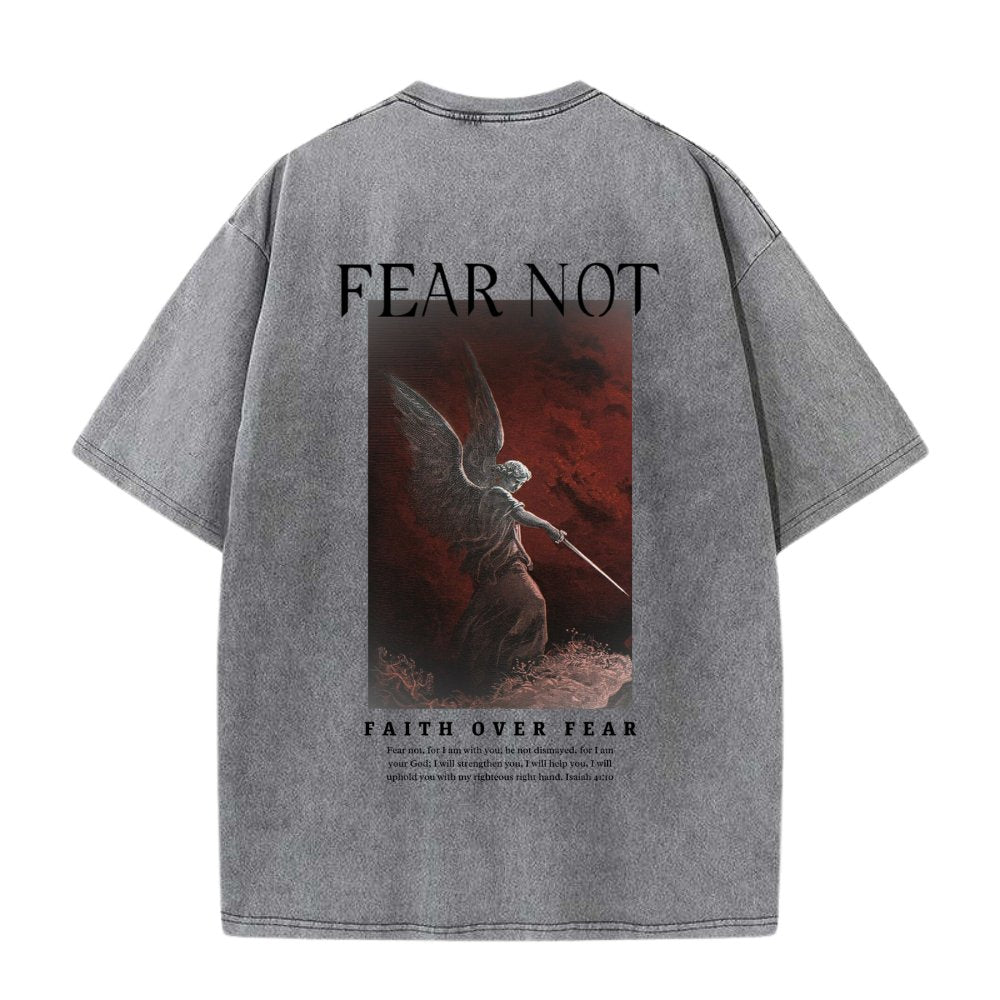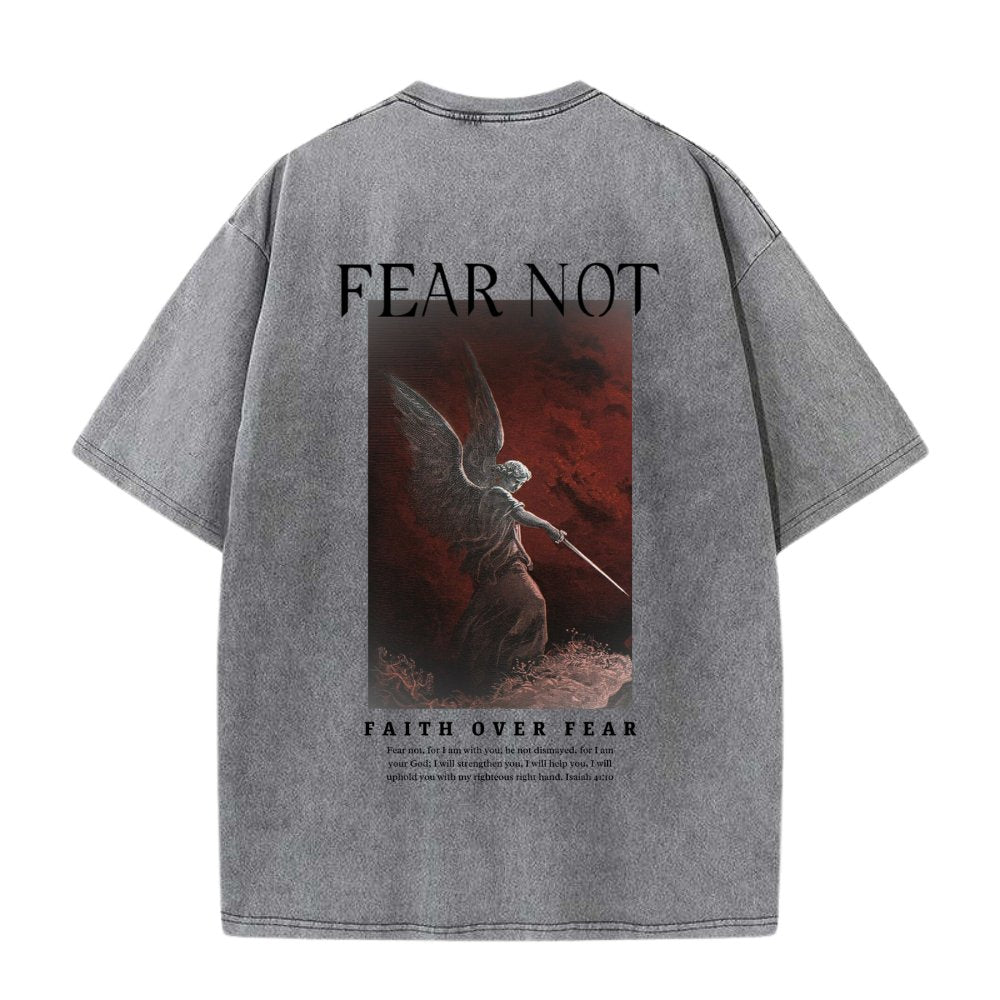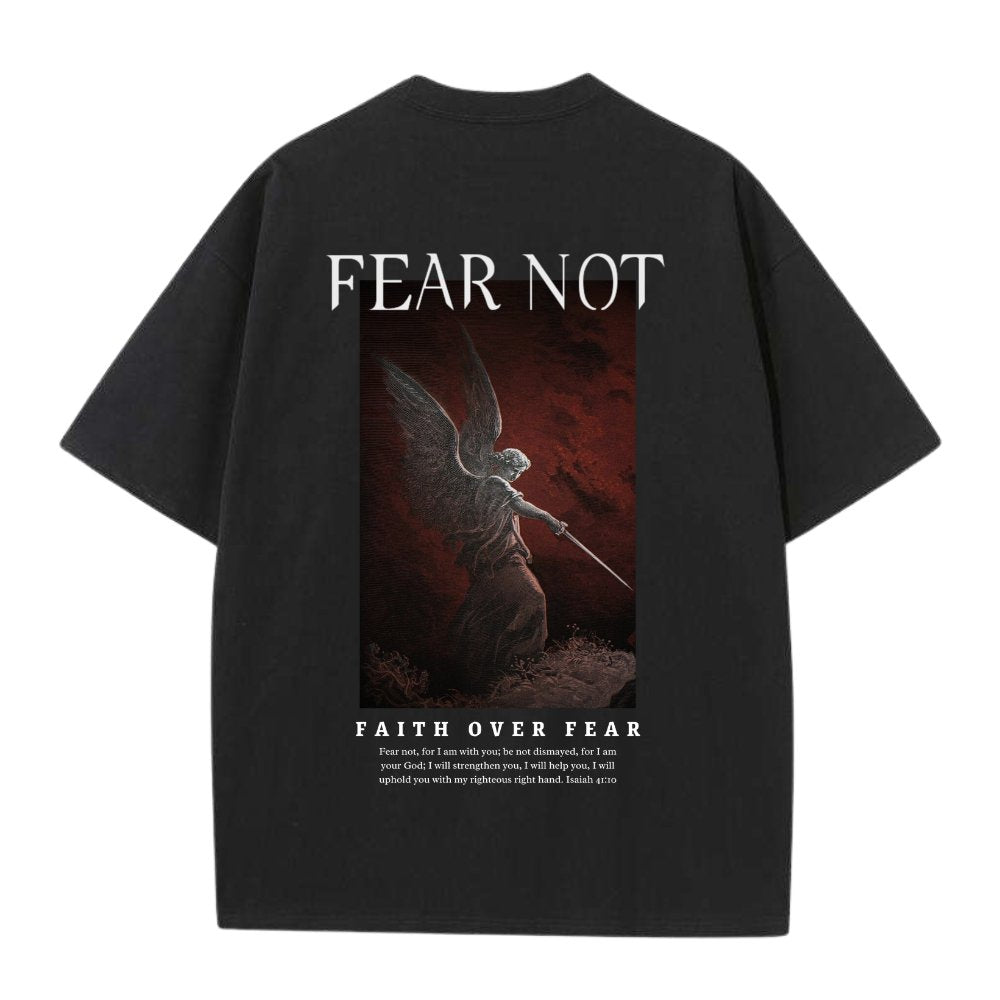
Religious Clothing - An Insight into Traditional Attire



Religious clothing plays a significant role in showcasing the cultural and spiritual traditions of various communities around the world. It serves as a symbol of faith, identity, and modesty for individuals adhering to different religions. From elaborate garments to simple attire, religious clothing reflects the values and beliefs of these diverse faiths.
Islam
In Islam, modesty is highly emphasized, and it is reflected in the clothing choices of both men and women. Men typically wear loose-fitting garments, such as the traditional thobe or jubba, while women opt for the hijab, abaya, and niqab. These garments cover the body and hair, adhering to the concept of modesty and privacy.
Hinduism
Hindu religious clothing varies based on regional and cultural practices. Men often wear the dhoti or kurta, whereas women are commonly seen in sarees, salwar kameez, and lehengas. These garments are often vibrant and intricately designed, symbolizing the rich cultural heritage of Hinduism.
Buddhism
Buddhist monks are known for their distinctive clothing. They wear robes in different colors, with saffron being the most common. These robes symbolize simplicity, detachment from material possessions, and the pursuit of spiritual enlightenment. Lay Buddhists may also wear traditional clothing during important religious ceremonies and festivals.
Judaism
Jewish religious clothing adheres to the principles of modesty and Jewish law. Men often wear the kippah, tallit, and tefillin during prayer. Women may choose to wear modest attire, such as skirts, dresses, or blouses with sleeves that cover the elbows and skirts that cover the knees. Married Jewish women often cover their hair with a headscarf or wig.
Sikhism
Sikh men are easily recognizable by their religious clothing, which includes the turban, kara (steel bracelet), kachera (cotton undergarment), kanga (wooden comb), and kirpan (ceremonial sword). Sikh women commonly wear traditional clothing, such as the salwar kameez or saree, along with a headscarf or turban.
Christianity
Christian religious clothing varies across different denominations and regions. Clergy members often wear robes or vestments, such as cassocks, albs, or chasubles. Nuns may wear habits, which include long dresses, veils, and head coverings, while some Christian women may choose to wear modest attire as a personal expression of faith.
Religious clothing not only reflects an individual's faith but also serves to promote unity, respect, and cultural diversity. It allows people to express their religious beliefs while fostering a sense of belonging within their respective communities.




Leave a comment
This site is protected by hCaptcha and the hCaptcha Privacy Policy and Terms of Service apply.